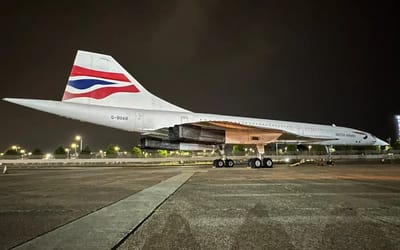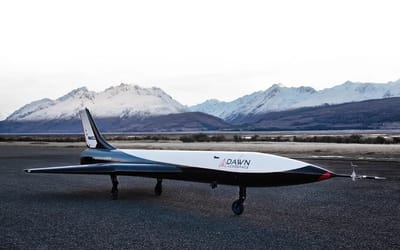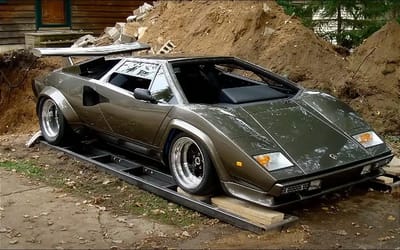China tests commercial supersonic prototype plane at twice the speed of Concorde
- A Chinese aerospace company is working on a winged rocket
- The rocket would travel at Mach 4
- That’s more or less twice as fast as Concorde
Published on Oct 30, 2024 at 8:10 PM (UTC+4)
by Alessandro Renesis
Last updated on Oct 31, 2024 at 8:43 PM (UTC+4)
Edited by
Tom Wood
A Chinese aerospace company called Space Transportation is working on a winged rocket concept that can fly supersonic, at a speed that exceeds that of Concorde.
To be accurate, Space Transportation said their rocket could fly twice as fast as Concorde.
The project is still in its embryonic phase, but it definitely sounds promising.
More importantly, it also goes to show that several companies are taking the dream of flying supersonic again quite seriously.
DISCOVER SBX CARS: The global premium car auction platform powered by Supercar Blondie
A supersonic rocket that’s faster than Concorde
Last year, Space Transportation said they started developing a ‘rocket with wings’ designed for space tourism and never-before-seen transport times to countries across the globe.
The winged rocket would theoretically be capable of traveling at a speed of approximately 4,184km/h, equivalent to 2,600mph or Mach 4 (give or take), which is twice the speed of Concorde.
Both private companies and public agencies such as NASA are currently working on similar supersonic jets, with the Boom Overture being probably the most famous of these projects.
But no one has ever tried building a winged rocket.
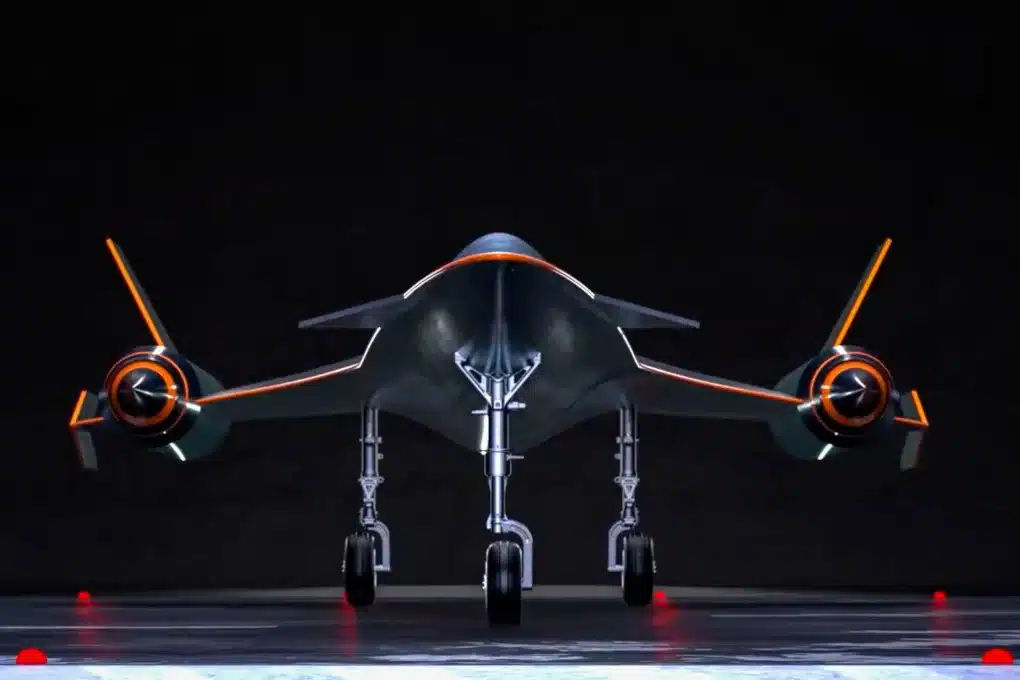
Here’s how the rocket works, according to Space Transportation
The company explained how the plane works on their website.
The plane detaches from the wing-powered rockets shortly after take-off and then, while the plane continues on its journey, the wing and boosters return to the launch pad.
At that point, when the aircraft reaches its destination, it touches down using three legs that unfold from the rear.
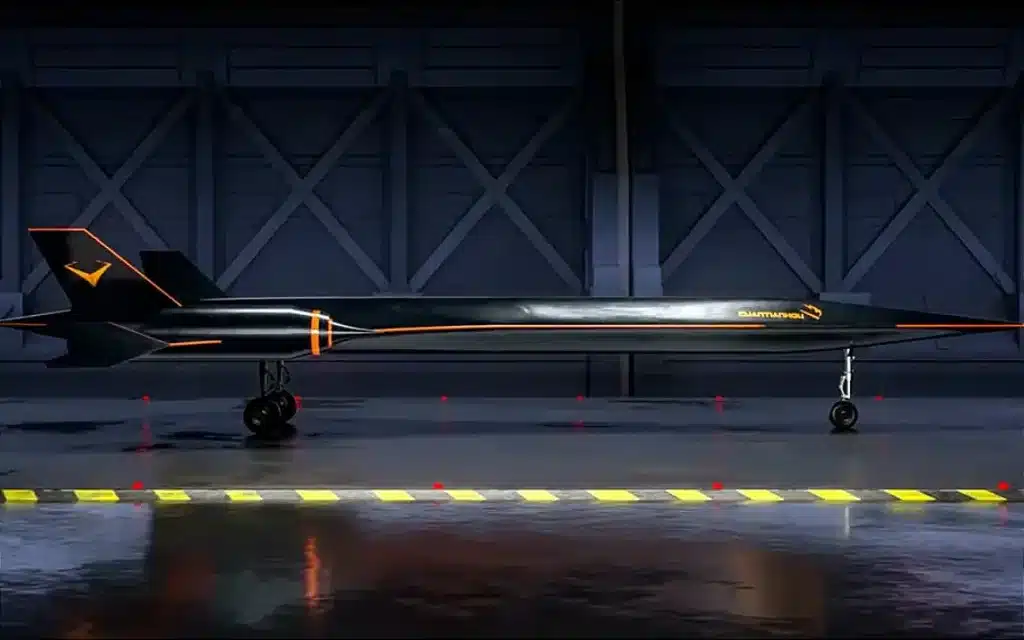
It sounds complicated, easier than done, but engineers that work at Space Transportation are confident it will work seamlessly.
A crew test flight will hopefully take place in 2025, which means we’ll find out whether this could work or not in about a year.

